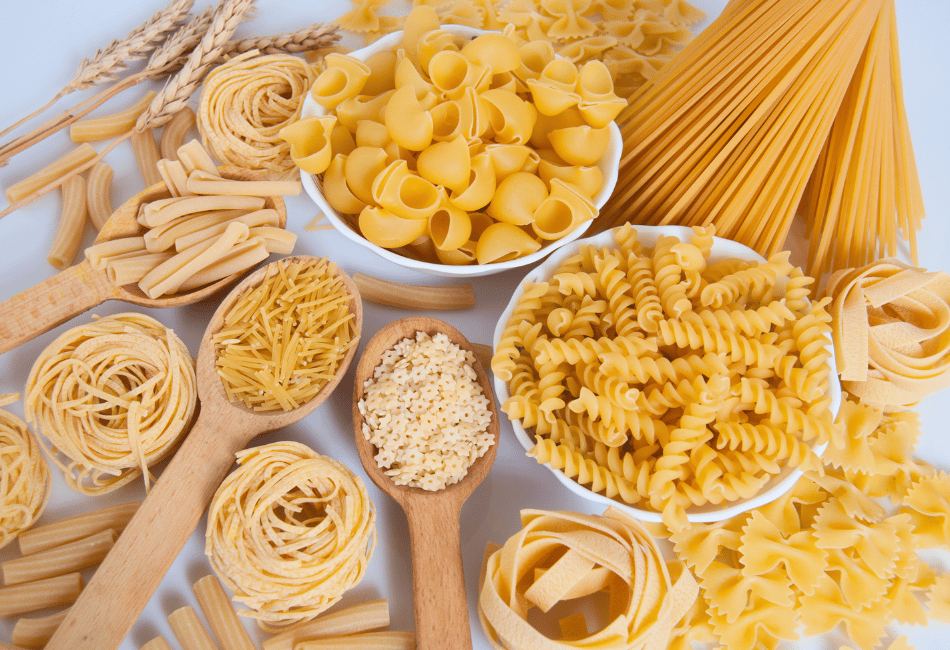
Did you know that pasta can be one of the most versatile and nutritious first foods for your baby? As both a mom and cooking enthusiast, I’ve discovered that introducing pasta to your little one opens up a world of textures, flavors, and developmental benefits that go far beyond simple nutrition.
When I first started my baby food journey, I was amazed at how something as simple as pasta could become a gateway to countless healthy meals and precious developmental milestones. From supporting motor skills to providing essential nutrients, pasta has become my go-to foundation for creating balanced, baby-friendly meals that grow with my little one. 🍝👶
Pasta for Your Little One
As a mom and food enthusiast, I can tell you that pasta for babies is one of the best first foods you can offer your baby! It’s not just about filling their tiny tummies – pasta gives babies the energy they need to grow and learn.
I love how pasta works with so many different foods. You can serve pasta to baby with soft vegetables, tender proteins, or mild sauces to create balanced meals your baby will enjoy. Plus, it’s such a practical choice – you can make it quickly and store it easily for those busy parenting days.
When I started feeding my little one pasta, I noticed how much they loved picking up the small pieces. It’s perfect for helping them practice their motor skills while getting good nutrition! 🍝
When Can You Start Feeding Your Baby Pasta?
Most pediatricians say you can serve pasta to baby around 6-8 months old, right when they’re getting the hang of solid foods. Before you start, make sure your little one shows these signs of readiness: they can sit up by themselves, have good control of their neck, and can grab small things.
I always remind parents to cook the pasta until it’s nice and soft, then cut it into tiny pieces. My top tip? Start with simple, one-ingredient pasta like plain wheat or rice-based options. This way, you can spot any food sensitivities early on. When I introduced pasta to my baby, I watched them closely during meals – it’s so exciting to see them try new textures!
Why Pasta is Great for Your Baby’s Growth
As a mom who loves cooking for my little one, I can tell you that pasta dishes for babies pack quite a nutritional punch! They gives babies the carbohydrates they need for energy to crawl, play, and learn. The fiber in pasta, especially whole-grain varieties, helps keep their tiny digestive systems working smoothly.
What I really like about pasta is how it supports brain development through its iron content. When I make pasta for my baby, I often choose whole-grain options because they offer more nutrients than regular pasta. My pediatrician agrees that whole-grain pasta is a smart choice – it has extra fiber and natural compounds that help my baby’s body work better. 🌾👶
Simple Pasta For Babies Recipe
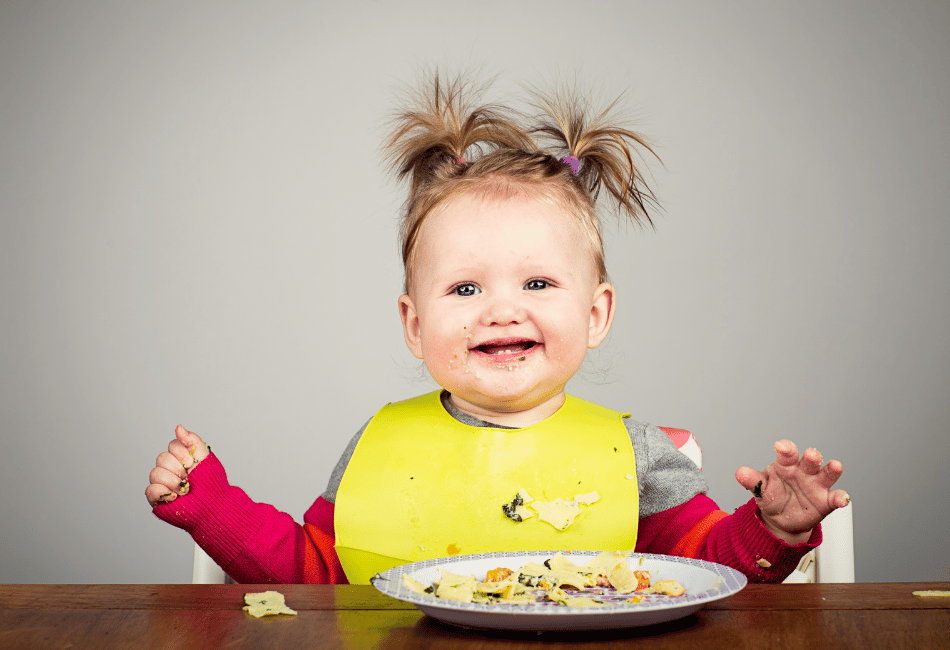
Here’s my favorite starter pasta for babies recipe that my baby absolutely loved! You’ll need:
- ½ cup soft-cooked whole-grain or rice pasta
- 1 cup veggie puree (I like pumpkin or sweet potato)
- 1 teaspoon olive oil
- Optional: a sprinkle of grated cheese
Making it is super simple! Cook the pasta until it’s extra soft (think really mushy 😉). Mix it with your chosen veggie puree and add a tiny bit of olive oil. I usually mash everything together or blend it, depending on what stage my baby is at. Serve it warm, but not hot!
Stay tuned for more yummy recipes – I’ll be sharing my baby friendly tomato pasta and tuna pasta recipes soon! 👶
Best Types of Pasta for Your Baby
When I shop for my little one, I always pick pasta for babies like spirals, macaroni, or orzo. These tiny shapes are perfect for their small hands to grab and practice self-feeding!
I’ve found that whole-grain and legume-based pastas (like those made from lentils or chickpeas) are awesome choices. They give my baby extra iron, fiber, and protein – all super important for healthy growth. My baby particularly loves the naturally sweet taste of chickpea pasta!
If your baby seems sensitive to wheat, don’t worry! There are lots of gluten-free options available. Rice pasta and corn pasta work great as alternatives – they’re gentle on tiny tummies while still being fun to eat.
How to Cook and Serve Pasta for Your Baby
When I make pasta for my baby, I always cook it a few minutes longer than the package says. This makes it super soft and easy for baby to handle. I test it by squishing a piece between my fingers – if it mashes easily, it’s perfect!
After cooking, I drain and rinse with cool water, then mix with mild toppings like veggie puree or plain sauce. My favorite trick is cutting the pasta into tiny, manageable pieces about the size of my pinky fingernail.
Before serving, I always let the pasta cool completely. I test the temperature on my wrist, just like with milk bottles. This way, I know it’s safe for my baby’s sensitive mouth. I’ve learned to make extra and store some in the fridge – it’s such a time-saver for busy days! 🍝👶
Watch Out for These Pasta Allergens
As a mom who’s been through the food introduction journey, I always remind parents to keep an eye out for common allergens in pasta. Regular pasta contains gluten from wheat, and some varieties include eggs – both of these can cause allergic reactions in sensitive babies.
When I started giving pasta to my baby, I followed the “one new food at a time” rule. I waited 3-4 days between introducing new ingredients, which made it easier to spot any reactions. If your baby gets red spots, tummy troubles, or seems fussy after eating pasta, talk to your pediatrician.
A tip from my experience: Try rice-based pasta first if you’re worried about wheat allergies. Also, check ingredient labels carefully – some pastas can have hidden ingredients that might not agree with your baby.
Making Pasta For Babies More Fun: New Flavors and Textures
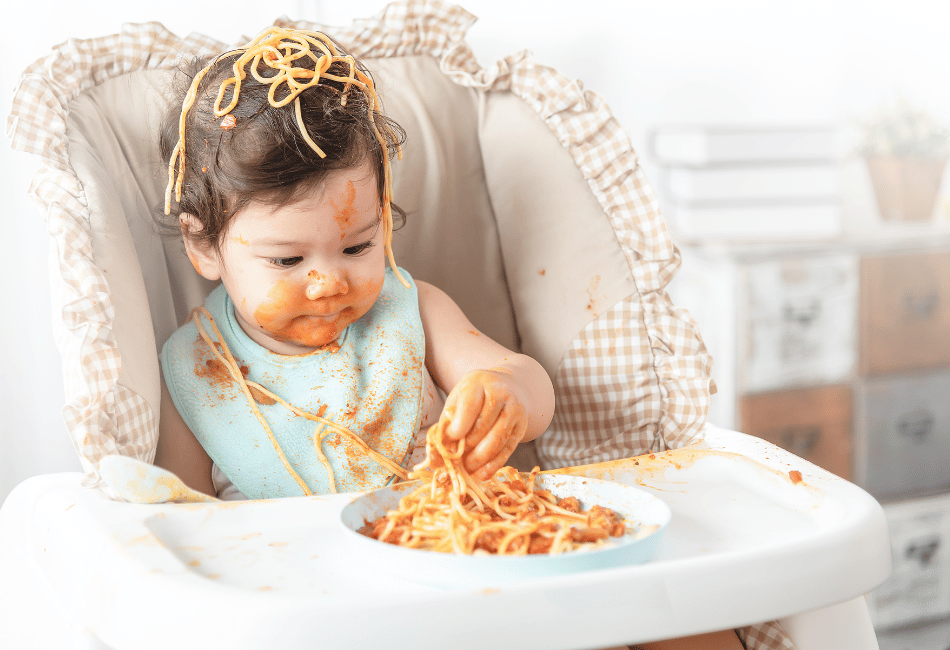
As my baby got better at eating, I started mixing things up with their pasta meals! I found that starting with mild vegetable purees worked best – think sweet potato or butternut squash mixed into tiny pasta pieces. Once they handled those well, I moved on to slightly thicker sauces.
Want to help your baby try new textures? Try mashing the pasta less each time you serve it. I noticed my little one got more confident with lumpier textures when we took it slow. Sometimes I’d mix smooth and slightly chunky parts in the same meal – they loved the variety!
A great combo my baby enjoys is pastina with pureed peas and soft-cooked carrots. The different colors made mealtime more fun, and the varying textures helped develop their chewing skills. Remember, every baby moves at their own pace, so follow their cues!
Making Pasta More Nutritious with Mix-ins
I love getting creative with pasta recipes for babies! Adding colorful veggies like spinach, sweet potatoes, or zucchini gives them extra vitamins and minerals. For protein, I add mashed lentils or tiny bits of tender chicken.
Remember to keep textures appropriate for your baby’s age. I usually start with smooth purees mixed into well-cooked pasta, then gradually make things chunkier as they get better at chewing. When mixing ingredients, keep portions small – about 2-3 tablespoons of mix-ins per serving works well for us!
Keeping Your Baby Safe During Pasta Time
Safety comes first when serving pasta to baby! As a mom, I always make sure to cut pasta into tiny, fingertip-sized pieces to prevent choking. I’ve found that overcooking the pasta until it’s very soft makes it safer and easier for my baby to handle.
Never leave your baby alone during meals – I stay right there, watching them explore their food. I use shallow bowls and baby-safe utensils with short, wide handles that tiny hands can grip easily. A tip I learned: silicone placemats help keep bowls from sliding around.
My mealtime motto? “Eyes on baby, not on phone!” 👀 I make sure the food is cool enough and keep water nearby. These simple steps help make pasta time both fun and safe for your little pasta lover! 🍝
How Much Pasta Should Your Baby Eat?
When it comes to portion sizes, I usually give my 6-12 month old about ¼ cup of pasta for babies per meal. As they grow, you can slowly increase this to ½ cup, watching their appetite and interest.
I include pasta in my baby’s meals 1-2 times each week. It’s a great food to rotate with other grains like rice and quinoa. In our house, we make sure pasta takes up about a quarter of the plate, leaving plenty of room for vegetables and protein foods.
A tip from my kitchen: use an ice cube tray to portion out pasta and sauce – each cube is about 3 tablespoons, perfect for baby-sized servings! 👶
Smart Storage Tips for Pasta Recipes for Babies
Made too much pasta for your little one? Don’t worry! I keep leftover pasta in an airtight container in the fridge for up to 2 days. Any longer than that, and I toss it out – better safe than sorry with baby food!
When it’s time to reheat, I add a tiny splash of water or extra sauce to keep the pasta from getting too sticky. I always test the temperature in several spots before serving. My go-to method is warming small portions in the microwave for 15-20 seconds, stirring well halfway through.
Pro tip: I portion out pasta meals into small containers right after cooking. This way, I only heat what my baby will eat, keeping the rest fresh for later!
Common Mistakes to Avoid When Introducing Pasta for Babies
As someone who’s been through the baby food journey, I want to share some key things to avoid when giving your little one pasta. The biggest no-no?
- Adding salt or sugar to pasta dishes for babies. Baby kidneys are still developing, and these ingredients can be too much for their systems.
- I learned that serving plain pasta by itself isn’t the best idea. Your baby needs a mix of foods – I always pair pasta with soft vegetables or proteins for a complete meal. This gives them different nutrients and helps them learn about various tastes and textures.
- Watch those portion sizes too! I’ve found that giving too much pasta can lead to overfeeding. A few tablespoons is plenty for a baby just starting out. Remember, they’re tiny and their tummies are too! Start small and let them guide you on how much they want to eat.
From Simple to More Advanced Meals
As my baby got older, I changed how I served their pasta meals. We started with super soft, mashed pasta and mild veggie purees. Now we’re enjoying small pasta shapes with light tomato sauces and gentle herbs like basil. It’s amazing to watch their eating skills grow!
I love including my little one in our family pasta meals now. They get so excited trying what everyone else is eating! Of course, I make sure their portion is the right texture and size. Sometimes I’ll cook the same pasta dish for the whole family, just preparing their portion a bit differently.
My favorite part? Seeing their face light up when trying new flavors. From plain pastina to whole wheat penne with mild marinara, every step brings new food adventures!
The Journey Continues: Your Baby’s Pasta Adventure
Starting your baby’s pasta journey is an exciting milestone that opens up endless possibilities for healthy, enjoyable meals. From those first tentative tastes of soft pastina to more adventurous combinations with vegetables and proteins, each step builds confidence and develops important eating skills.
Remember, every baby’s journey with food is unique, and pasta provides a flexible foundation that adapts to your little one’s changing needs. Whether you’re just starting out or looking to expand your baby’s palate, pasta remains a reliable, nutritious choice that can grow alongside your child. Keep experimenting, stay patient, and enjoy watching your tiny food explorer discover the wonderful world of pasta! 🍝
FAQ: Pasta for Babies
1. At what age can I start feeding my baby pasta?
You can introduce pasta to your baby around 6 to 8 months, once they have started eating solid foods. Make sure the pasta is well-cooked and cut into small, manageable pieces to avoid choking hazards.
2. What type of pasta is best for babies?
Whole-grain pasta is a great option because it contains more fiber and nutrients. You can also try pasta made from alternative grains like rice or quinoa if you’re concerned about gluten or want a variety of textures.
3. Can I serve pasta to my baby every day?
While pasta is a great source of carbohydrates, it’s important to offer variety in your baby’s diet. You can serve pasta several times a week but should pair it with vegetables, proteins, and other nutrient-rich foods to ensure a balanced diet.
4. How can I make pasta more nutritious for my baby?
To boost the nutrition of pasta, consider adding pureed or finely chopped vegetables, such as spinach, sweet potato, or peas. You can also add a small amount of olive oil or cheese for healthy fats and flavor.
5. What size pasta should I choose for my baby?
Opt for small pasta shapes like mini shells, fusilli, or elbows. These are easier for babies to pick up and chew. Always ensure that the pasta is cut into small, bite-sized pieces to prevent choking.
6. Is pasta good for my baby’s digestive system?
Yes! The fiber in pasta, especially whole-grain varieties, helps support healthy digestion. It aids in preventing constipation and keeps your baby’s digestive system working smoothly.
7. Can I make homemade pasta for my baby?
Absolutely! Homemade pasta can be a wonderful option. You can control the ingredients and ensure that it’s made with baby-friendly flour like whole wheat or even pureed vegetables. Just make sure it’s soft and easy for your baby to chew.
8. Can I add sauces to pasta for babies?
Yes, but keep it simple. Avoid heavy or spicy sauces. Opt for mild tomato sauce, a bit of olive oil, or a light cheese sauce. Always ensure the sauce is free from added salt or sugar.
9. How should I store leftover pasta?
You can store leftover cooked pasta in an airtight container in the fridge for up to 3 days. When reheating, ensure it’s heated through thoroughly and check the temperature before serving it to your baby.
10. What are some other pasta recipes for babies I can try?
You can try pasta with mashed avocado, pureed vegetables, or small pieces of chicken. Combining different textures and flavors can help keep mealtime exciting for your baby!
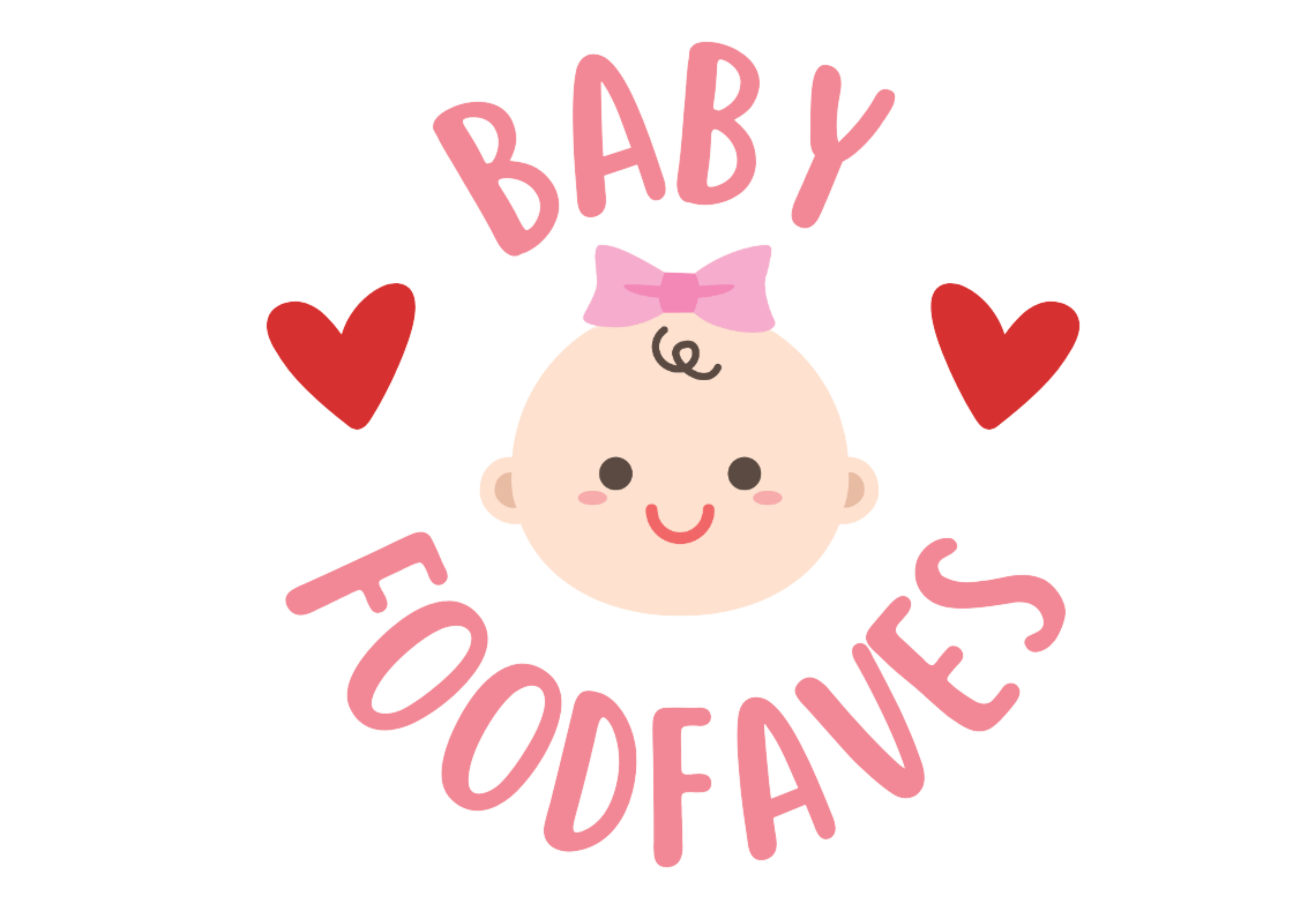
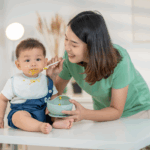
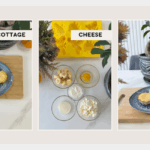
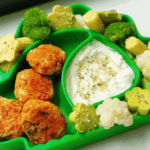
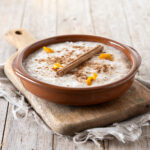
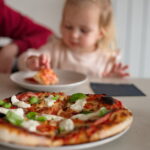
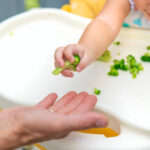
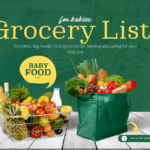

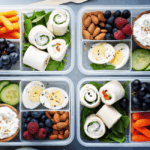
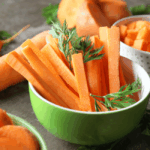
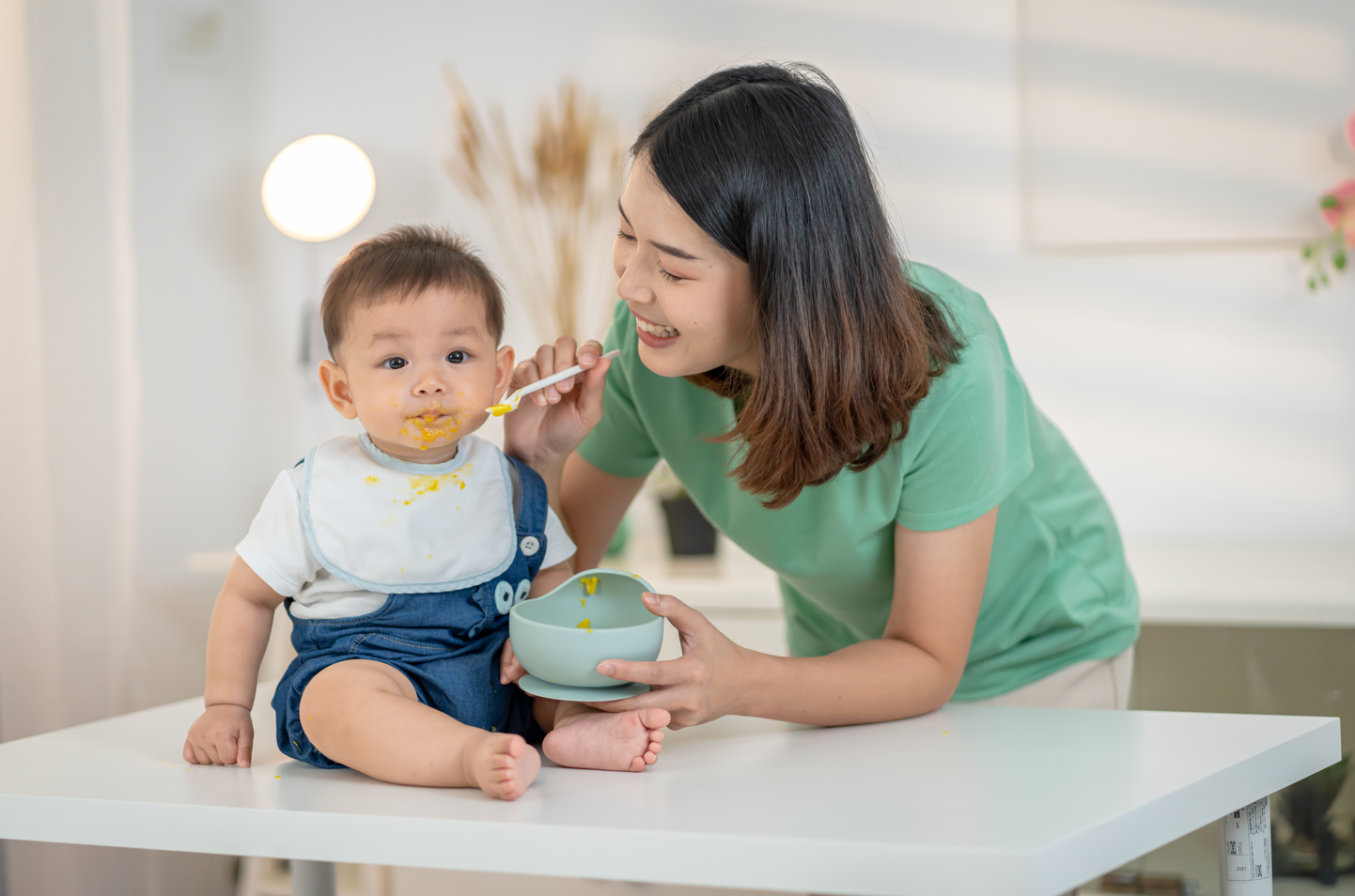
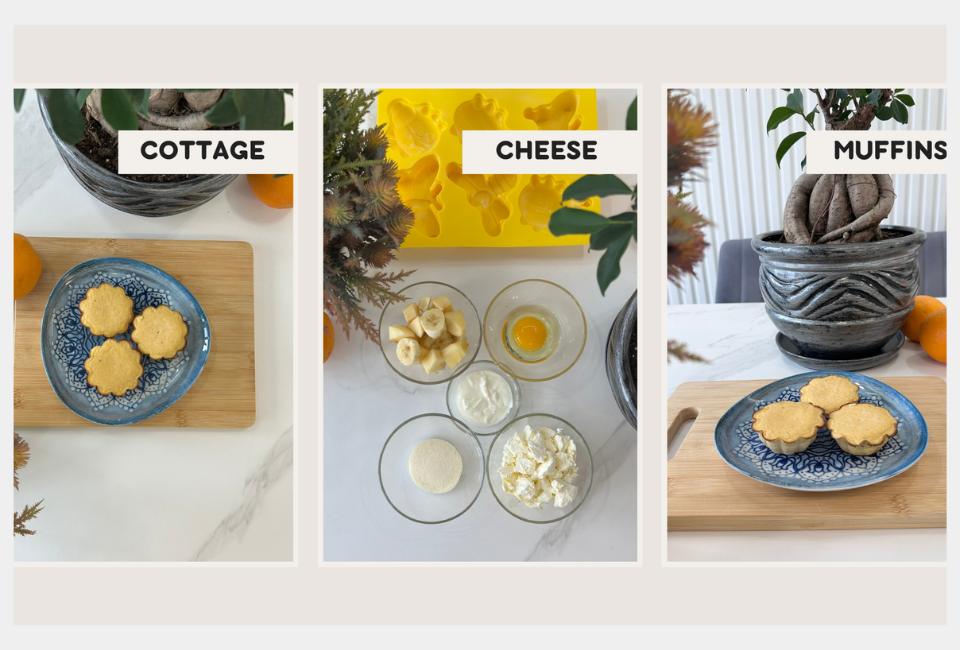
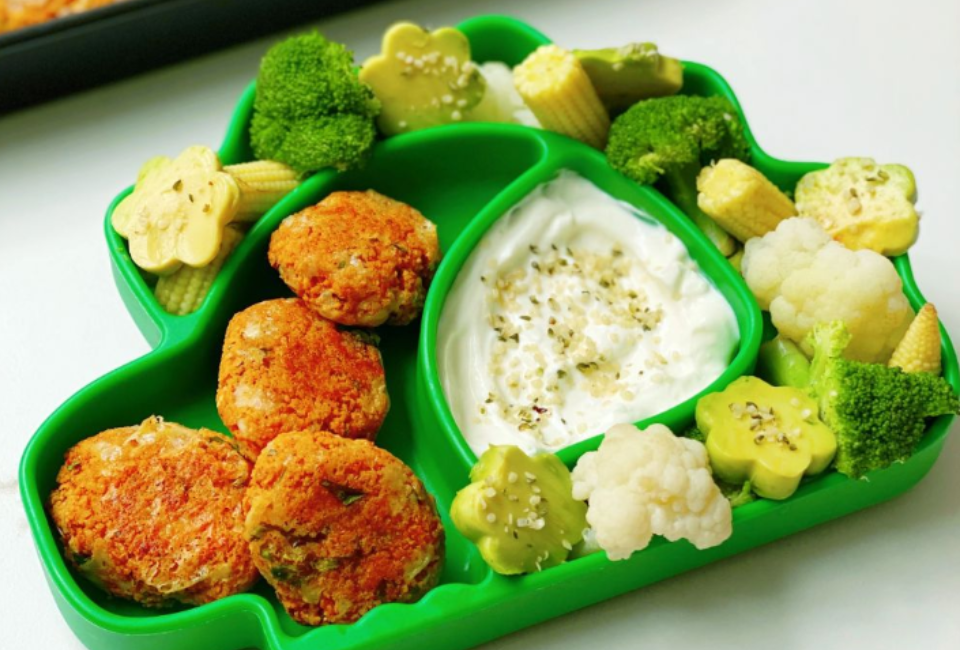
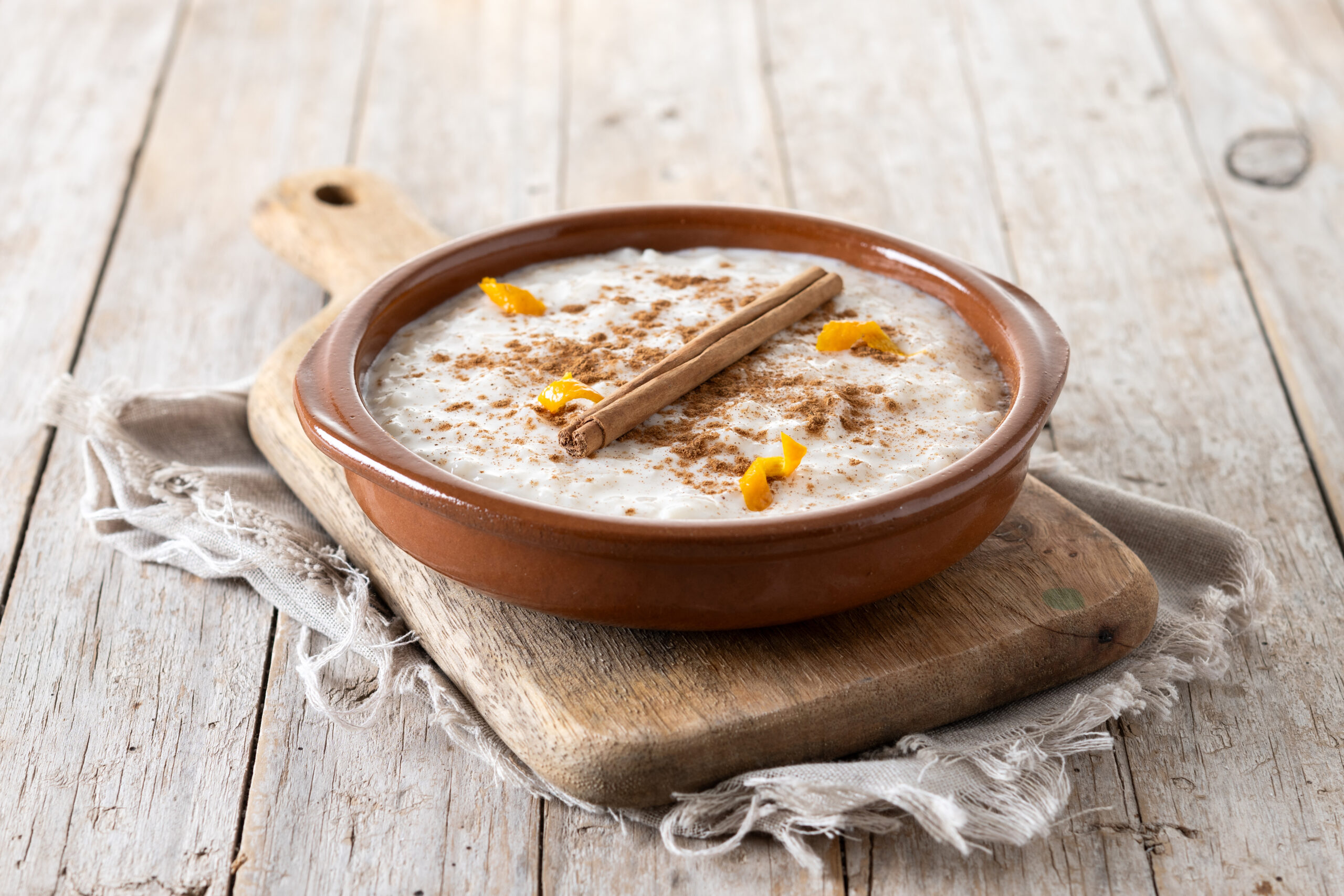
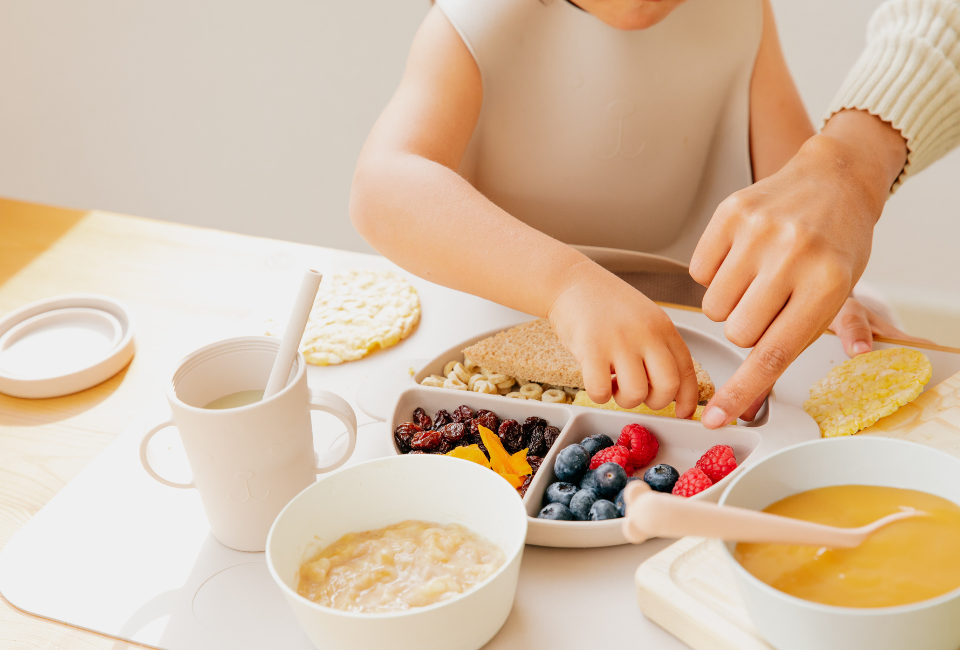
Leave a Reply